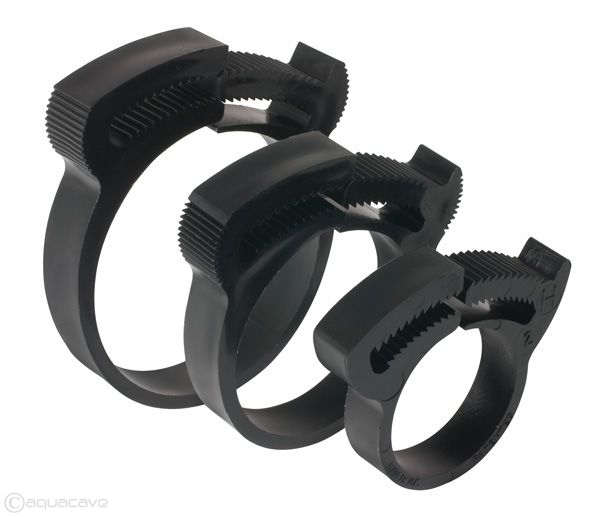- Joined
- Dec 2, 2018
- Messages
- 74
- Reaction score
- 44
So this might be a dumb question but I haven’t been able to specifically find any information on this on the forums. I have an existing RSR 250 that’s up and running with fish and coral in it. My tubing that goes from my pump in my tank to refill my display. This tubing is clear and I’d personally like to replace it and there’s also some rust starting on the internal piece of metal (clearly said it would rust but alas, here we are).
So how do you achieve this without water going literally where in your tank? Maybe I’m missing a trick but can’t conceptually figure this out. Only thought I have is that if I shut off all power in theory is my clear tubing then dry (assuming I release all the existing water in it)?
So how do you achieve this without water going literally where in your tank? Maybe I’m missing a trick but can’t conceptually figure this out. Only thought I have is that if I shut off all power in theory is my clear tubing then dry (assuming I release all the existing water in it)?
















